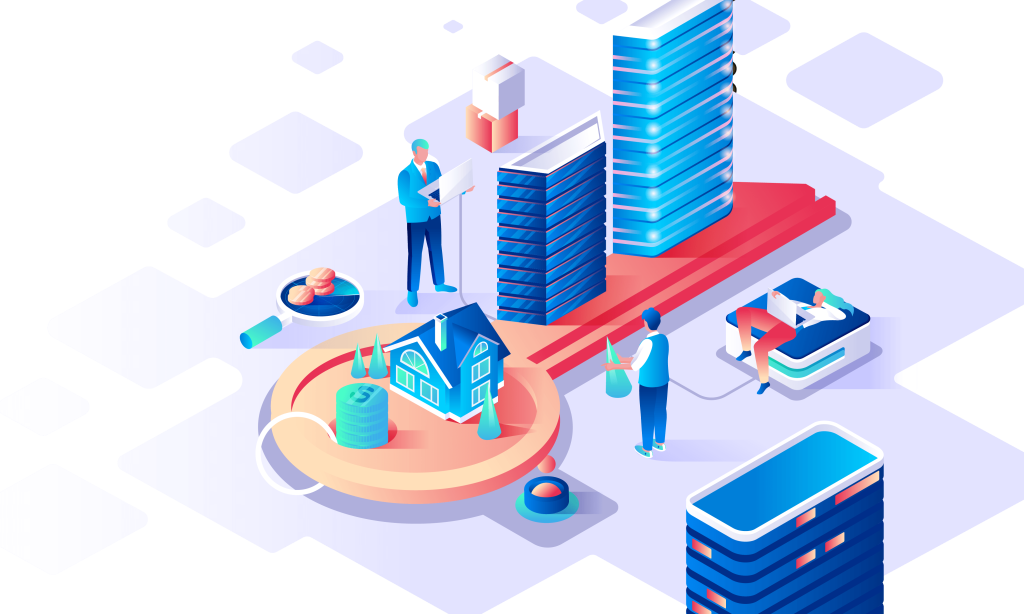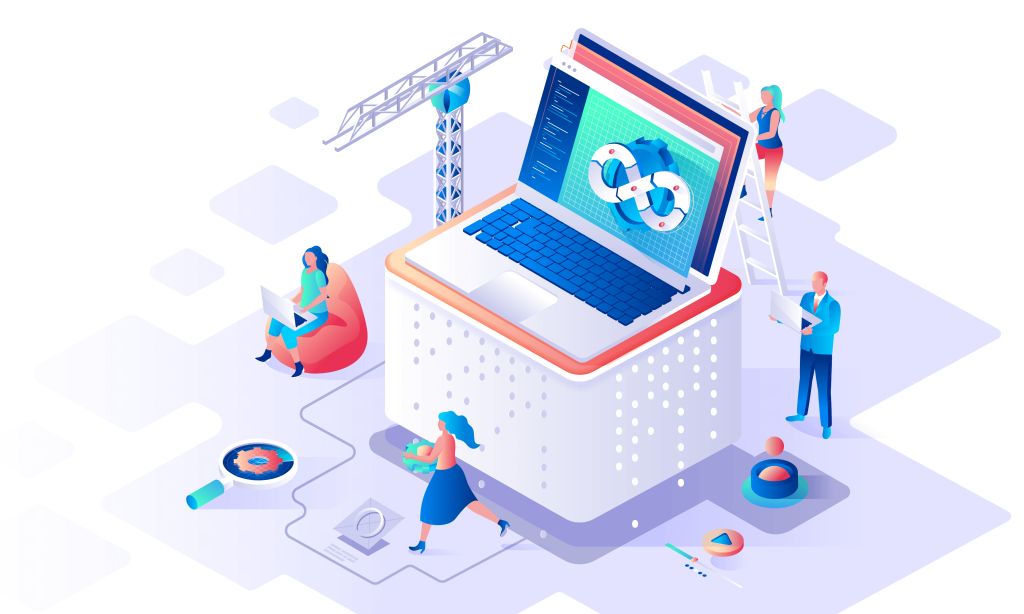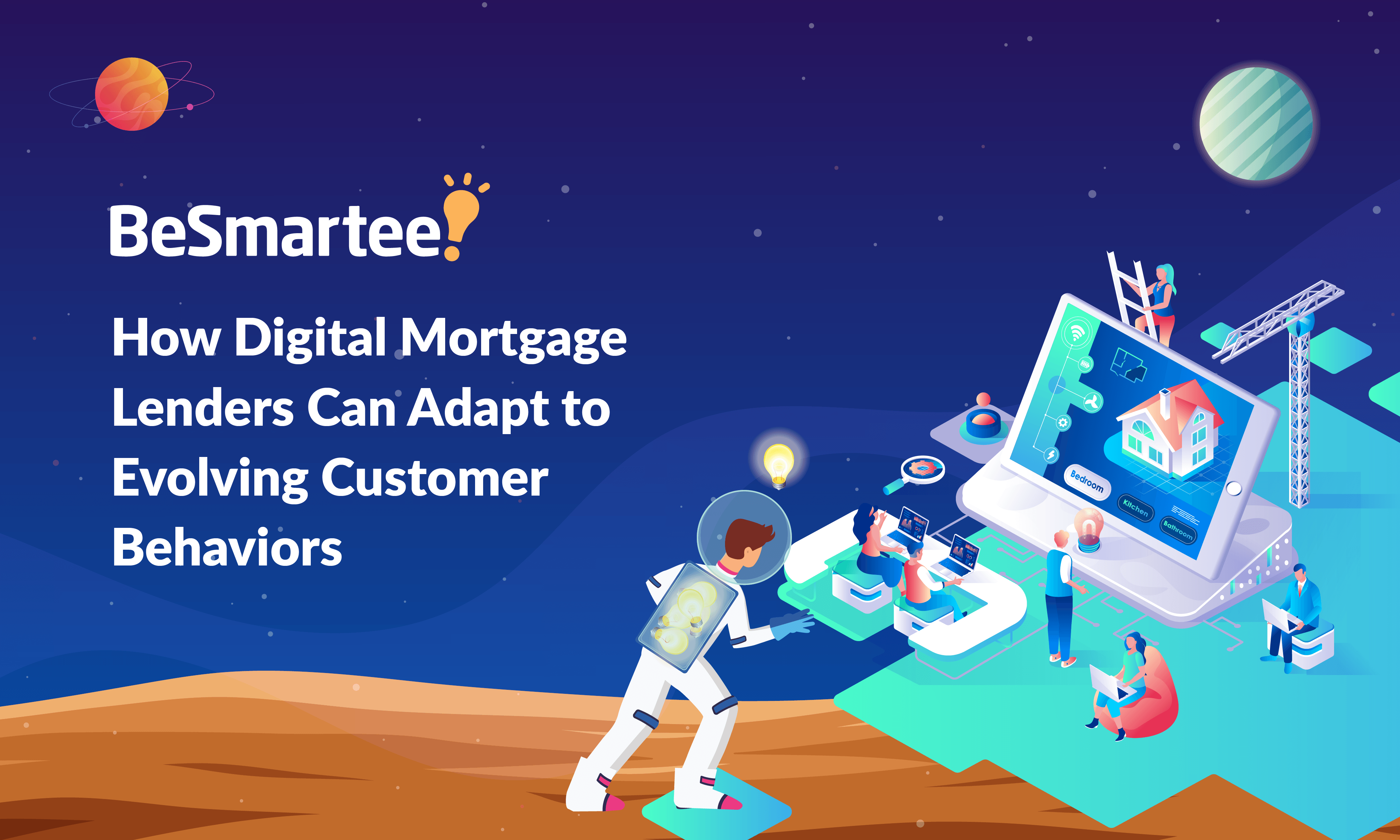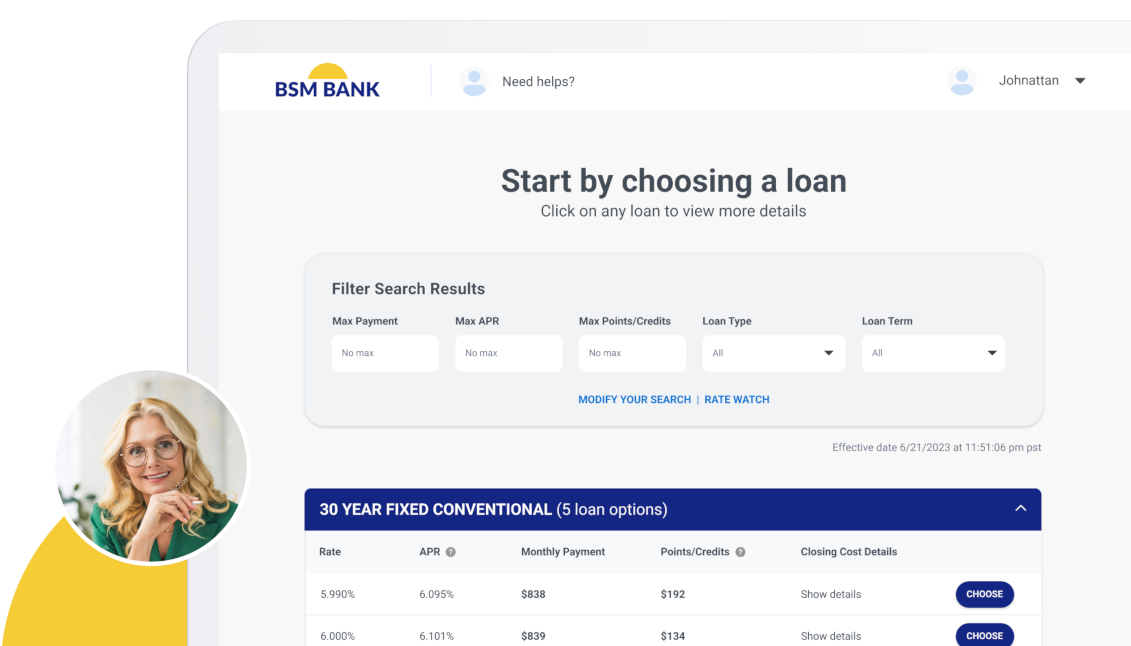The pace at which American consumers are adopting new technology has been increasing with each decade — a statement that’s been emphasized and thrown around for quite some time now. The year 2020 is a different story.
Digital technologies have enabled us to stay connected in a world where in-person contact was limited. Friends, family and work colleagues stayed in-touch with video conferencing and businesses that invested in new technologies — such as contactless payments, automation, workplace collaboration tools — have seen a huge return on investment.
What’s more important is how businesses, the mortgage industry included, are using digital solutions to adapt to changing customer behaviors. Although the U.S. mortgage industry has seen a push to go digital over the past few years, especially after the 2016 “Push button, get mortgage” Super Bowl ad, the COVID-19 pandemic has raised the stakes.
We’ve seen and experienced the short-term changes but the long-term effects on consumer behavior are still forming. Is the digital preference temporary or here to stay? How can digital mortgage lenders accommodate their customers’ changing needs and expectations? Let’s take a look.
Traditional Processes No Longer Meet Expectations
It’s not news that modern mortgage buyers are digitally driven. Doing business with millennials, the driving force behind the U.S. housing market, means having a digital approach.
Big banks and mortgage companies have made tech-driven changes and emerging fintech companies are securing a piece of the market share. Still, many chose to keep some traditional processes and out-of-date legacy systems and not invest in a true, end-to-end digital mortgage

Now with stay-at-home orders and social distancing requirements, traditional workflows, face-to-face sales and filling out paper applications are no longer options. Because more buyers are going digital, lenders have needed to up the ante when it comes to satisfying their customers.
Lead the Competition by Understanding Your Customers
At the end of 2020, we’ve learned that borrowers have embraced digital lending and how mortgage lenders respond will determine where they stand amongst the competition.
What exactly do borrowers expect?
Finastra surveyed both consumers and lenders for their Homebuyers Embrace Digital Lending in COVID-19 Era report which gave some insight on the effects of the pandemic on the mortgage industry.

- Buyers, especially first time buyers, look to their mortgage lenders for guidance. Nearly 30% of those surveyed welcomed assistance from their lender. When mortgage lenders were asked, 72% declared that their customers needed educational assistance and guidance when purchasing a home.
- Borrowers prefer an online or mobile mortgage origination experience. 30% of lenders felt that borrowers were backing out of relationships with highly manual systems for lenders with digital mortgage processes. Remarkably, the end of 2019 saw financial institutions giving up 25% of the mortgage lending market to nonbank fintechs who offered an easier, digital approach. Going into 2020, digital mortgages have become a necessity and have forced this preference among borrowers.
- The faster the mortgage process, the better. One of the biggest complaints from borrowers is the length of time it takes to close on a home mortgage loan. The majority expect to close on a mortgage loan between 15 and 30 days but 37% of those asked expected to close between 3 and 15 days. When it comes to time, digital mortgages have traditional processes beat.
Because of the pandemic, more borrowers expect a quick and easy digital mortgage process with available guidance and advice from their lenders through their preferred channels.
Adopt Digital Mortgage Technology to Maximize ROI
The right tools and digital lending platforms can empower lenders and give the desired experience to customers.
What are some leading digital mortgage tools and systems?

A robust mortgage point-of-sale (POS)
The digital mortgage POS is a client-facing lending platform that gives borrowers the tools they need to complete the mortgage loan application process and work with their loan officer. Borrowers can log into the dashboard from their preferred device, apply for a home mortgage, upload necessary documents, track their loan status and communicate with their lender all in one location.
Improved business relationships with customer relationship management (CRM) software
Subscribe to BeSmartee 's Digital Mortgage Blog to receive:
- Mortgage Industry Insights
- Security & Compliance Updates
- Q&A's Featuring Mortgage & Technology Experts
Without mortgage CRM software, loan officers would be managing leads and client relationships with stuffed spreadsheets, filled notebooks and calendars and an abundance of sticky notes.
A loan officer’s CRM software allows them to organize all client information in one database and structure their marketing and sales efforts. Loan officers can communicate with and nurture leads, build solid relationships with clients, automate workflows and close more deals.
A tight POS and CRM integration
Having a tight integration between POS and CRM systems is a mortgage technology dream team. This close integration boosts the effectiveness of your mortgage technology so that your loan officers can close more loans and keep all parties communicating. Without these two systems working together, it’s much harder to keep track of customer data throughout the origination process.
An efficient loan origination system (LOS) working with your POS
LOS systems handle processing, regulation and system of records. These systems have been around for a while, long before the POS, but they can do so much more than legacy technology. Having your LOS and POS working together means a more efficient system with less chance for human error.
If you’re going to put money into mortgage technology, you need to put your investment to good use by getting the right tools and systems. Your system needs to be robust and adapt to your customers’ changing needs and expectations and scale with your business.
Final Thoughts
As your customers’ behaviors evolve, you need to be ready and prepared to adapt and give them everything they need.
As more borrowers prefer an end-to-end digital mortgage, investing in the right technology is critical for mortgage lenders to remain competitive and beat competitors at the sale. Are you prepared to adapt to changing customer expectations?
If you need more information on digital mortgage technology, BeSmartee is here to answer your questions. Contact us at (888) 276-1579 or email our mortgage technology experts at sales@besmartee.com.
A tight POS and CRM integration
Having a tight integration between POS and CRM systems is a mortgage technology dream team. This close integration boosts the effectiveness of your mortgage technology so that your loan officers can close more loans and keep all parties communicating. Without these two systems working together, it’s much harder to keep track of customer data throughout the origination process.
An efficient loan origination system (LOS) working with your POS
LOS systems handle processing, regulation and system of records. These systems have been around for a while, long before the POS, but they can do so much more than legacy technology. Having your LOS and POS working together means a more efficient system with less chance for human error.
If you’re going to put money into mortgage technology, you need to put your investment to good use by getting the right tools and systems. Your system needs to be robust and adapt to your customers’ changing needs and expectations and scale with your business.




